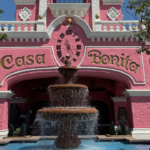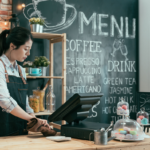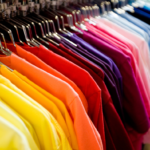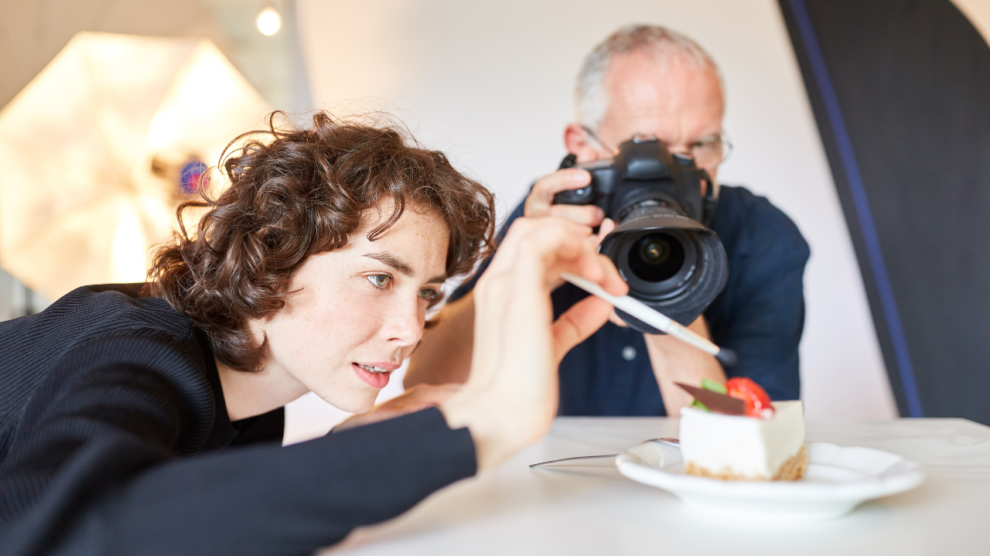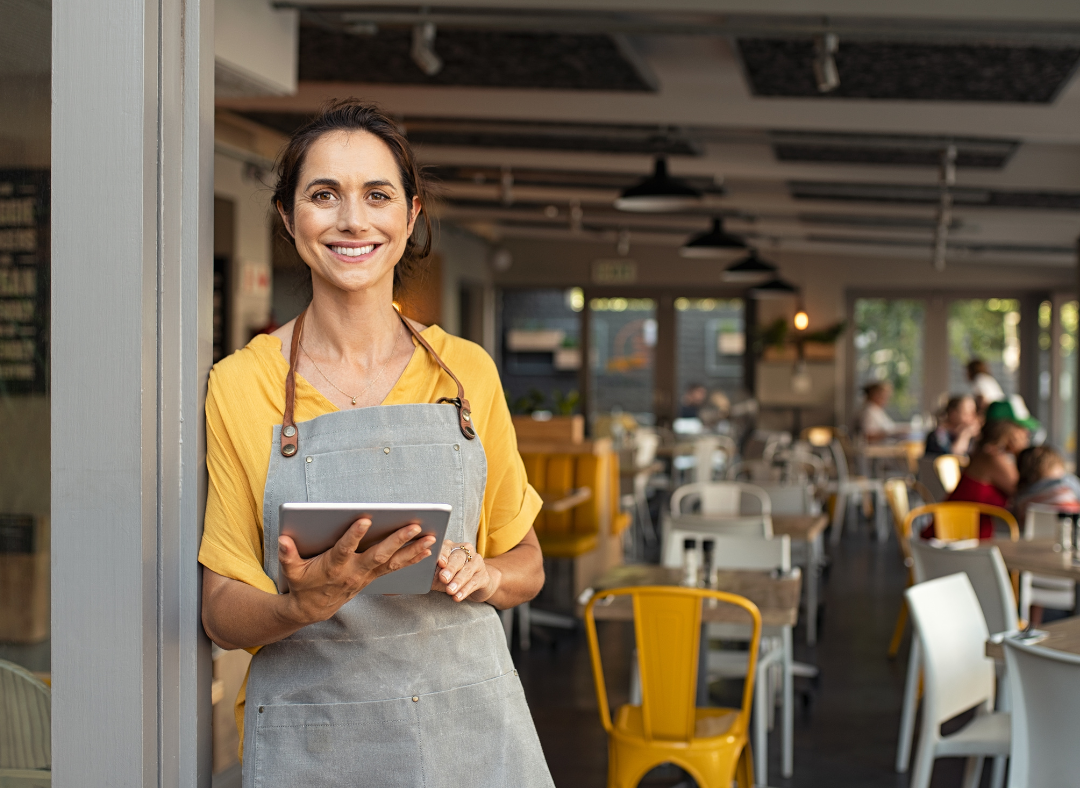In our search for news you can use, we uncover food stylist secrets and techniques that you can follow to create stunning restaurant food photos. In the era of Instagram, Yelp, and food bloggers, eye-catching food photography has become a crucial aspect of restaurant marketing. Professional food stylists are the unsung heroes behind those mouthwatering images that make your restaurant’s dishes look irresistible.
Food Stylist Techniques
Choose the Right Props and Background
Successful food styling begins with selecting the appropriate props and background. The choice of plates, utensils, napkins, and table settings should complement the dish and enhance its appeal. The background should be neutral and non-distracting, such as cutting boards, textured surfaces, or even clean, unpatterned tablecloths. Avoid using busy or brightly colored backgrounds that might divert attention from the food itself.
Use Natural Lighting
Natural lighting is a food stylist’s best friend. It provides a soft, even illumination that enhances the colors and textures of the food. When shooting indoors, place your setup near a large window or door to capture the maximum amount of natural light. Experiment with diffusers and reflectors to control the light’s intensity and direction, ensuring your dish looks its best.
Pay Attention to Composition
The arrangement of elements in the frame is crucial to creating a visually pleasing food photo. Adhering to composition principles like the rule of thirds, leading lines, and balance can elevate your food photography. Center your dish, include complementary garnishes, and maintain a clean, uncluttered look. Remember that the viewer’s eye should be drawn to the focal point, which is usually the main dish.
Play with Textures
Textures are essential in food photography. The contrast between crispy, crunchy, and soft elements can make your food look more appealing. Highlight these textural differences by using contrasting props and surfaces. For example, a rustic, textured wooden board can accentuate the crispness of fried chicken, while a soft, white linen napkin complements a decadent dessert.
Work Quickly
Food has a limited window of freshness, and some dishes may not look as appetizing after a few minutes. To capture the essence of your restaurant’s food, work quickly and have a well-thought-out plan. Set up your scene, pre-prepare garnishes, and have your camera ready to go before the dish arrives.
Use the Right Camera and Lens
While professional food photographers often use high-end cameras, you can achieve great results with a smartphone or a DSLR camera. A macro lens is an excellent choice for close-up shots, as it allows you to capture intricate details and textures. However, it’s the skill and techniques that matter more than the camera, so make the most of what you have.
Apply the Rule of Imperfection
Perfection isn’t always the goal in food photography. In fact, the “rule of imperfection” suggests that slight irregularities can make the image more authentic and appealing. A strategically placed crumb, a drip of sauce, or a partial bite from a utensil can make the dish look more inviting and real.
Keep It Fresh with Props
Switching up your props and backgrounds can breathe new life into your food photography. By having a variety of plates, utensils, and backgrounds at your disposal, you can create diverse and captivating visuals for your restaurant’s menu items. Seasonal props can also help convey the time of year and freshness of ingredients.
Utilize Steam and Smoke
Steam rising from hot dishes or a touch of smoke can add an element of allure to your food photos. Use a handheld steamer to create controlled steam or introduce a gentle wisp of smoke to give your dish an appetizing, freshly prepared appearance.
Focus on Color Harmony
Color harmony is key to creating visually appealing food photos. Consider the color wheel when selecting props and backgrounds. Complementary colors can make your dish pop, while analogous colors create a harmonious and pleasing palette. Ensure the colors in your photo complement and enhance the colors of the food itself.
Experiment with Angles
Different angles can produce various effects in food photography. The overhead shot, for instance, can beautifully capture the details of the dish, while a 45-degree angle can show depth and dimension. Experiment with angles to find the one that best showcases your restaurant’s food.
Preparing the Food
Food stylists employ a variety of techniques and tricks to make food look its best in photos. These methods are used to enhance the appearance, freshness, and appeal of the food. Here is a list of common food stylist methods for working with food to create stunning photos:
- Spritzing with Water: Lightly misting produce with water can create a fresh, dewy appearance, making fruits and vegetables look crisp and inviting.
- Brushing with Oil or Glycerine: A thin brush can be used to apply a glossy sheen of oil or glycerine to proteins and cooked dishes to make them look succulent and appetizing.
- Steam Effects: Steam rising from hot dishes can be mimicked using handheld steamers or by heating water-soaked cotton balls and placing them strategically behind the food.
- Food Garnishes: Fresh herbs, microgreens, and edible flowers can be added as garnishes to enhance the visual appeal of the dish and add a pop of color.
- Food Tweezers: Fine-tipped tweezers are used to delicately adjust food items, ensuring precise placement and a neat appearance in the frame.
- Food Coloring and Airbrushing: Food stylists use edible food coloring to enhance or correct the colors of certain food items, and airbrushes can be used to apply even coatings of color or create gradients.
- Grill Marks: To create those perfect grill marks on meats or vegetables, stylists often use a hot branding iron or a culinary torch.
- Blanching and Icing: Blanching green vegetables and immediately shocking them in ice water helps retain their vibrant color and crispness, ensuring they look fresh and appealing.
- Syrup and Glaze: A mixture of syrup or glaze can be brushed onto baked goods to make them look glossy, freshly baked, and appetizing.
- Hidden Supports: Hidden supports like toothpicks, wires, or foam blocks are used to prop up food items or hold them in place, allowing for better angles and stability during the photoshoot.
- Food Undercooking: In some cases, food is intentionally undercooked to maintain a vibrant, fresh appearance, especially for vegetables and pasta.
- Faux Ice Cream: Instead of real ice cream, which can quickly melt under hot studio lights, food stylists often use mashed potatoes dyed with food coloring to create the perfect scoop.
- Styling Paste: A styling paste made from ingredients like mashed potatoes or mashed cauliflower can be used as a base to hold food items in place and give them height and structure.
- Spraying Edges with Cooking Spray: A light mist of cooking spray on the edges of dishes can create a beautiful glisten, enhancing their visual appeal.
- Condensation Drops: For cold drinks or dishes, condensation drops can be created by using glycerine and water to mimic a freshly chilled appearance.
- Food Glue: Edible food glue can be used to attach small food items, such as sesame seeds on burger buns or decorative pieces, to ensure they stay in place.
- Flicking Flour or Cocoa Powder: To create a rustic or artisanal look, food stylists may gently flick flour or cocoa powder onto the food for a dusted effect.
- Food Coloring Pens: Food coloring pens are used to touch up and enhance details, such as adding grill marks to proteins or accents to desserts.
- Spraying with Oil or Water for Shine: To make vegetables or fruits appear fresh and appealing, a light mist of oil or water can be sprayed on them to add shine and highlight their texture.
- Food Paintbrushes: Small food-safe brushes are used for fine detailing and brushing on sauces or glazes precisely.
These food stylist methods are just a glimpse into the world of food styling, where meticulous attention to detail and creativity are key to making food look its absolute best in photos. Food stylists use a combination of culinary expertise, artistic vision, and the clever use of props and techniques to create visually enticing images that whet the appetite and entice the viewer.




